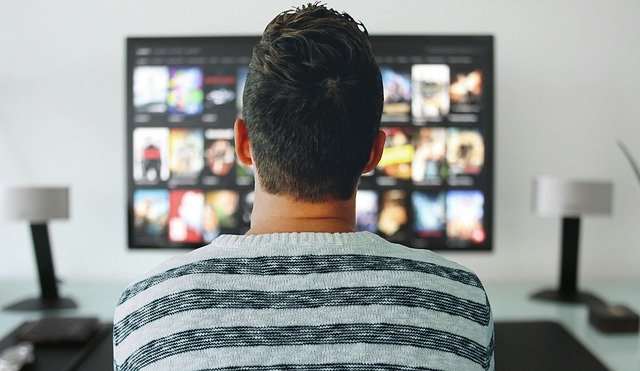The method we use to watch films has experienced a major change during the past 10 years moving away from the traditional cinema and renting DVDs to a more convenient, digital and practical format – streaming movies. This change has not only altered the way we watch films however, but also the way they’re distributed and experience. At the beginning of film, the primary option to view a movie was at a theatre. The situation changed when the introduction of home videos DVDs, DVDs and later Blu-rays. But the core concept remained the same: you went to see a film or took the film home to watch.
The advent of streaming movies but has completely transformed this scenario. Platforms such as Netflix, Hulu, and Amazon Prime Video have made it possible to stream an array of films at the touch of an icon, all in the comfort at home. These conveniences and access make streaming services widely used, radically altering the landscape of movie watching. The growth of streaming services has led to major changes to the movie business. The most obvious change is the method by which films are released. The traditional theatrical release is no longer the sole way to present a film.
Streaming platforms are beginning to publish own content without theatres completely. The result is an increase in the accessibility of films which gives filmmakers who are independent a chance to present their works without the requirement of a theater release. Additionally it has shattered the conventional model of release for movies and prompted debates in the film industry on what the future holds for cinema as well as the place of theatres. A different impact of film streaming is the changing viewing preferences of the audience. Being able to stream movies whenever and wherever is resulting in an intimate and personal viewing experience.

The audience can stream movies at their own speed and pause whenever they want, or even watch entire seasons at once. The flexibility of streaming has altered how stories are presented as filmmakers have begun to create specific content for streaming services, usually featuring longer, more elaborate stories. In addition, the algorithm-based recommendation technology of these platforms has transformed the way people find new films, allowing recommendations to individual viewers’ watching habits and preferences. The social component of film-watching is also changing due to the rise of streaming. When going to the cinema was often a social event but streaming has become more of a private experience. For more information please visit here https://streamingcommunity.rsvp/
But, the issue is tackled in new methods. The features like Netflix Party allow people to stream online films together by synchronizing playback, and also adding the option of group chat. This is a testament to the enduring nature of the social component of watching movies, and is evolving in line with the modern age. While streaming platforms offer a variety of benefits, they also come with problems. A plethora of options could lead to decision fatigue which means that viewers are spending much more time surfing than watching. Additionally, the development of unique content on different platforms has resulted in fragmentation in the marketplace.
Many viewers require multiple subscriptions to be able to stream every piece of content they wish to stream, which could be expensive. Moving forward the future of movie streaming will be a major factor in the industry of entertainment. As technology advances and innovation, we could see different forms of interactive and immersive film experiences. Also, the industry will likely to experience an increase in competition and consolidation among streaming services, which could lead to changes in pricing and the content available.
